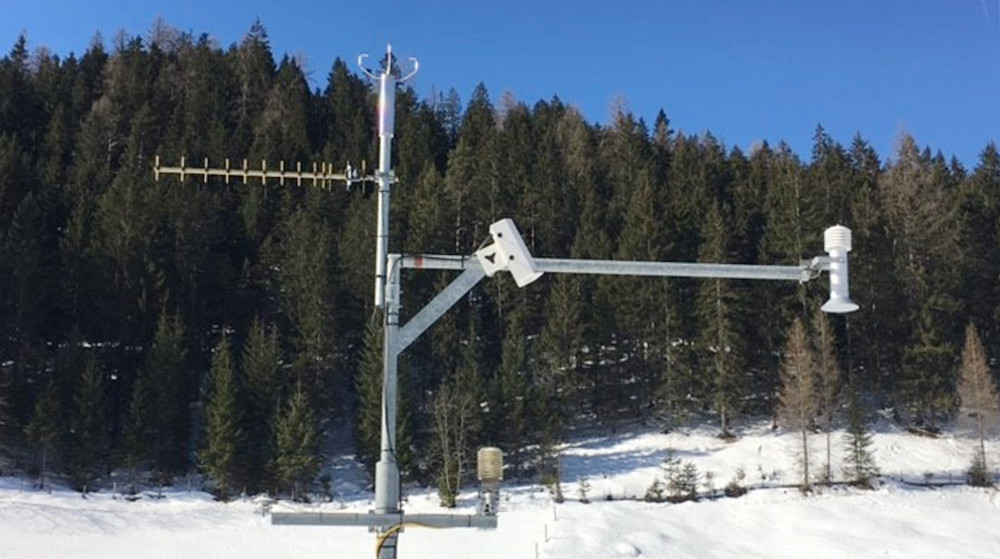The water supply of the city of Vienna stems from high-source water pipelines of the Lower Austrian-Styrian Alps. Here, snow depth measurements play a major role. In the following, we explain, why this is so relevant and how it is monitored…
Lots of snow, but only a few measuring stations
Where most of the snow falls, which is the case in difficult-to-reach mountains, there are exceedingly few measuring stations. Experts estimated that up to 50 percent of the annual precipitation in Austria is expected to be snow in the Austrian Alps. Apart from individual mountain stations, many measuring devices are located in the valley floor to record precipitation every minute.
An exact estimate of the precipitation also in the alpine area is not only important for weather models. Better measurements and forecasts could also be beneficial for the road clearance, avalanche or flood warning systems. Also, the operators of ski slopes and the water industry need precise information on precipitation.
Snow depth – an important parameter for the water system
Essential information for the water industry is the current water content of the total snowpack (so-called water equivalent), as snowmelt (possibly in conjunction with a rain event) can dissolve large amounts of water and thus trigger winter floods. The water contents of the snowpacks are obtained through the punctual registrations of the snow amount within the measurement networks, are included in the models and are also calculated in the snowmelt forecasting models. Depending on the type of snow and moisture penetration, the water content of a snowpack can fluctuate greatly. For example, the water content of a 10 cm thick snow cover can be between 10 mm (powder snow) and 50 mm (wet old snow).
Snow depth measurement using the example of the water supply of Vienna
Most of Vienna’s water comes exclusively from high-source water pipelines from the Lower Austrian-Styrian Alps. The most accurate measurement of the snow depth in the alpine region is therefore of particular importance.
The measurement should be as automatic as possible and without considerable maintenance. In a test position, it was evaluated by which automatic measurement methods were best suited for snow depth observation. In the test, an ultrasonic snow height sensor was compared with the Lufft laser snow depth sensor SHM31.
The greatest weakness of the ultrasonic method is the influence of temperature fluctuations on the measurement results, which could be quickly determined from the measurement results. The results of the laser snow depth sensor, however, were plausible and credible. Therefore, the water provider of Vienna will rely on the Lufft laser measuring technology in the future!
Ultrasound vs. Laser technology for snow depth measurement
Are you interested in more details about the pro’s and con’s of the different snow depth measuring methods? We compiled a comparison of the two technologies!



